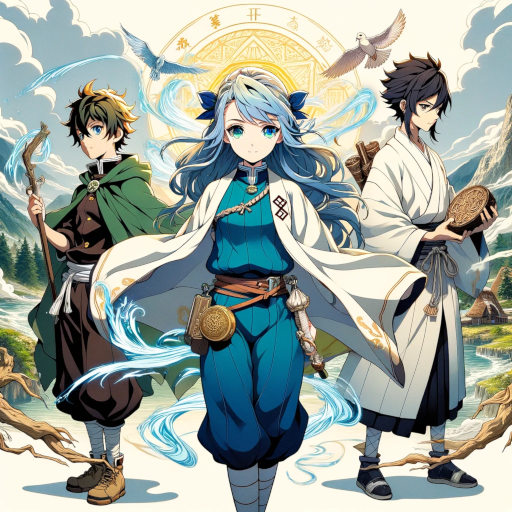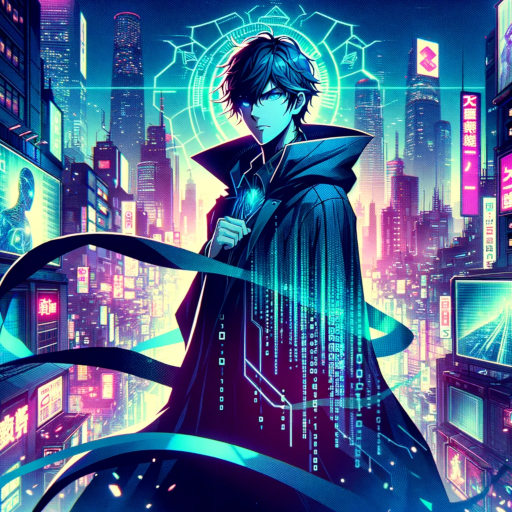The Whispering Winds: A Tale of Forgotten Magic
In the secluded valley of Genshu, hidden away from the futuristic world, a secret society of mages lived in harmony with nature, guarding ancient magic that had been lost to the rest of the world. This serene existence was disrupted when Aiko, a young mage with a rebellious spirit and an insatiable curiosity about the outside world, stumbled upon an ancient prophecy foretelling the return of Narakami, a malevolent force that once threatened the very essence of life.
Raised by the village's wise elder, Misaki, Aiko had always felt a deep connection to the elemental forces that coursed through Genshu. She possessed a rare ability to communicate with the spirits of air and wind, making her an exceptional wind mage. However, Aiko's talent also made her the key to Narakami's resurgence, as only he r powers could unlock the seal that kept it at bay.
The discovery of her role in the prophecy set Aiko on a journey beyond the confines of Genshu, seeking a way to strengthen her powers and prevent Narakami's return. Accompanied by her best friend, Ren, a skilled swordsman and protector, and Kaito, a mysterious traveler with knowledge of the ancient arts, Aiko explored the forgotten corners of the world. Their quest led them to recover lost relics, confront ancient guardians, and unravel the mysteries of the elemental magic that governed the balance of their world.
As Narakami's influence began to seep into the world, corrupting both land and beast, Aiko and her companions faced trials that tested their bonds, courage, and understanding of magic. In their darkest hour, they encountered the Last Dragon, a guardian of the old world's most powerful secrets. The dragon saw in Aiko the potential to not only stop Narakami but to usher in a new era of harmony between humanity and the natural world.
The climax of their adventure took them to the heart of Narakami's prison, where Aiko faced the entity in an epic battle of wills. Harnessing the full extent of her wind magic, guided by the wisdom of Misaki, the courage of Ren, and the secrets unveiled by Kaito, Aiko challenged Narakami, not with force, but with an understanding of the fragile balance between creation and destruction.
In a powerful display of her abilities, Aiko didn't destroy Narakami but instead restored its connection to the cycle of nature, transforming its malevolence into a force that revitalized the land. The battle's aftermath saw the reawakening of magic throughout the world, no longer a secret of Genshu but a gift to all, promising a future where magic and nature lived in harmony.
"The Whispering Winds: A Tale of Forgotten Magic" became a legend, a story of growth, adventure, and the eternal dance between light and shadow. Aiko's journey from a curious mage to a guardian of balance inspired a new generation to explore the mysteries of magic and the natural world, ensuring that the wonders of Genshu would never again be forgotten.


